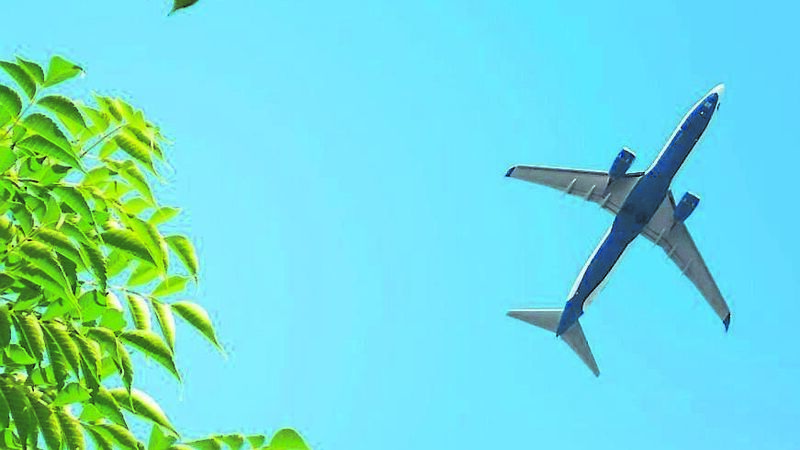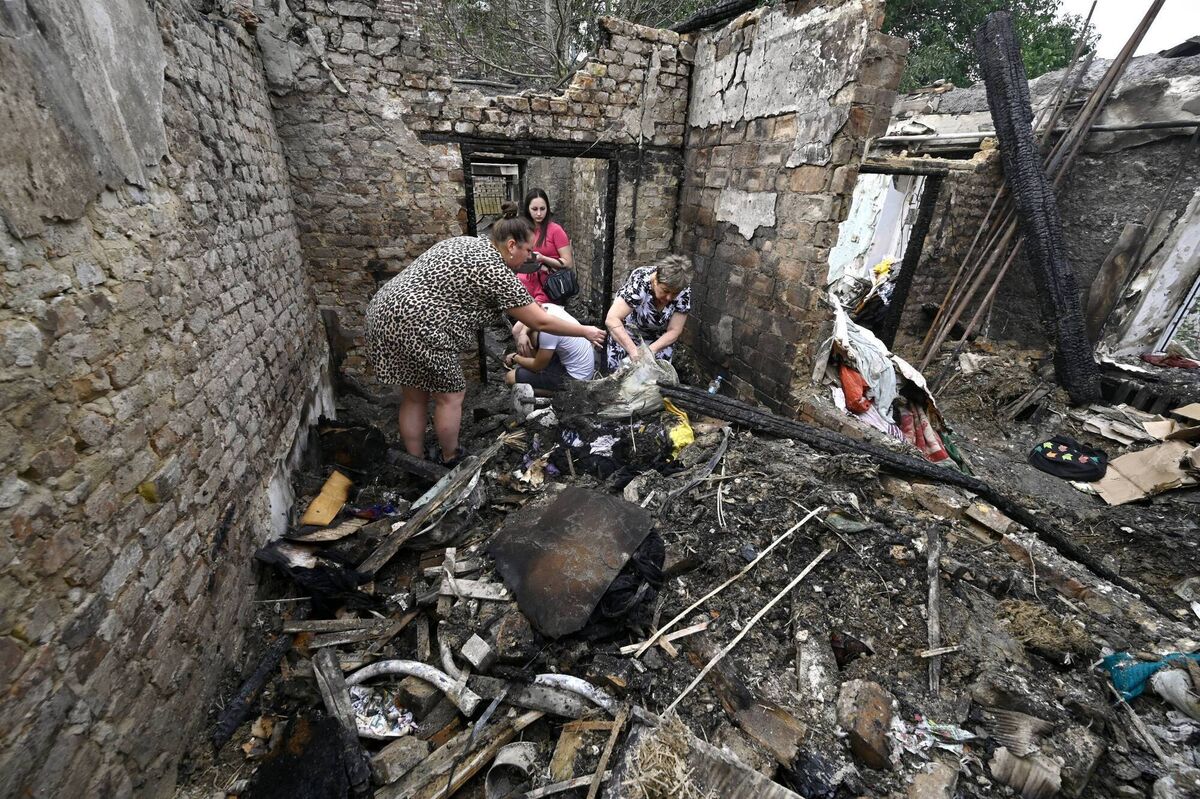Airlines count the increased carbon footprint of war in Ukraine

Some long-haul flights connecting Europe and Asia are emitting 40% more CO2 since the Russian invasion of Ukraine in February 2022, a new study shows.
The spike is largely due to airspace closures above conflict zones which are forcing airlines to seek alternative routes, significantly increasing flight times. Longer flights consume more fuel and increase the operating costs for airlines, quite apart from their contribution to climate change.
The research I led with colleagues highlights how conflicts contribute to climate change in unexpected ways. Understanding this is crucial for tackling aviation’s environmental footprint.
The war in Ukraine closed the country’s airspace and limited access to the airspace of the Russian Federation and Belarus. This amounts to the biggest closure of airspace since the cold war, spanning 18m sq km.
Airlines that previously flew in Russian or Ukrainian airspace on routes between Europe and Asia; North America and Asia; and North America and the Middle East now take significant detours.

For example, Finnair’s flight AY73 from Helsinki to Tokyo now covers an additional 3,131km, extending flight times by up to 3.5 hours. North American flights to Asia have been rerouted over the Arctic and Central Asia.
Safety concerns and geopolitical sanctions have forced airlines to carefully navigate around restricted zones.
The situation is further complicated by restrictions in other conflict regions — including the Middle East, where the airspaces of Syria, Yemen, and Iraq are also considered no-fly zones for many airlines. The global aviation map has been redrawn, forcing airlines to adapt quickly to a new and challenging reality.
This has been accompanied by significant costs, both financially and to the climate.
We analysed 14 long-haul routes between Europe and Asia that were affected by airspace restrictions and operated by three European airlines: Finnair, LOT Polish, and Lufthansa.
The findings are striking: Rerouted flights burn an additional 23 to 28.5 tonnes of fuel per journey, releasing an extra 72 to 90 tonnes of CO2.
That’s equivalent to the annual emissions of several cars for a single flight.
Airlines have also reported significant operating cost increases due to the extra flight hours, including higher fuel consumption, air navigation charges, and crew salary increases. Our analysis showed that on certain routes between Europe and Asia, costs have risen by between 19% and 39%, while emissions have increased by between 18% and 40%, depending on the airline.
On routes from Warsaw to Beijing, Warsaw to Tokyo, and Warsaw to Seoul, LOT Polish Airlines has reported an increase of 23% in average aircraft operating costs following flight restrictions.
CO2 emissions on these routes have increased by 24% and ticket prices have also risen.
Finnair, which historically relied on Russian airspace for efficient Europe-Asia connections, appears to be the most affected carrier. Following flight restrictions, aircraft operating costs on the routes from Helsinki to Shanghai, Helsinki to Tokyo, and Helsinki to Seoul have risen by 39%, while average CO2 emissions on these routes have increased by 40%.
Our findings shed new light on the massive carbon footprint of war, which is often overlooked in climate policy. Using a forecasting model with specialised software, we found that continued avoidance of the airspaces of Russia and Ukraine could increase all aviation-related CO2 emissions globally by up to 29% in 2025, compared with 2022.
Aviation already accounts for 2.5% of global CO2 emissions, and this figure is expected to grow as air travel expands.
Our findings demonstrate that the need to decarbonise transport cannot be separated from broader geopolitical issues. As wars and conflicts reshape airspace availability, they also worsen aviation’s carbon footprint. It’s not just the airline industry that bears these costs — we all do, in the form of rising temperatures and a changing climate.
What action needs to be taken?
While the challenges are significant, there are solutions.
Upgrading airline fleets with more fuel-efficient aircraft, such as the Airbus A350 and Boeing 787, can help to reduce CO2 emissions by roughly 20%–25% compared with older aircraft models, such as the Boeing 777-200ER or Airbus A330-200.
Optimising flight paths using advanced air traffic management systems could help too. These systems allow aircraft to choose the shortest and most efficient paths and can reduce unnecessary detours.
International agreements to manage airspace collectively during times of conflict can keep essential flight corridors open and ensure airlines avoid inefficient rerouting.
Airlines are investing in sustainable aviation fuels, which emit less than traditional kerosene — but insufficient supplies, high costs, and other challenges make this an expensive and partial solution.
With no viable low-carbon alternatives for aircraft, reducing air travel should be the priority.
As researchers, we see our findings as a call to action. By understanding the environmental consequences of conflict, we can work towards a more sustainable future for aviation and the planet.
• Viktoriia Ivannikova is assistant professor in aviation management at Dublin City University
• This article appeared in The Conversation, a news and analysis website written by academics. You can read the original article here.
CLIMATE & SUSTAINABILITY HUB
















